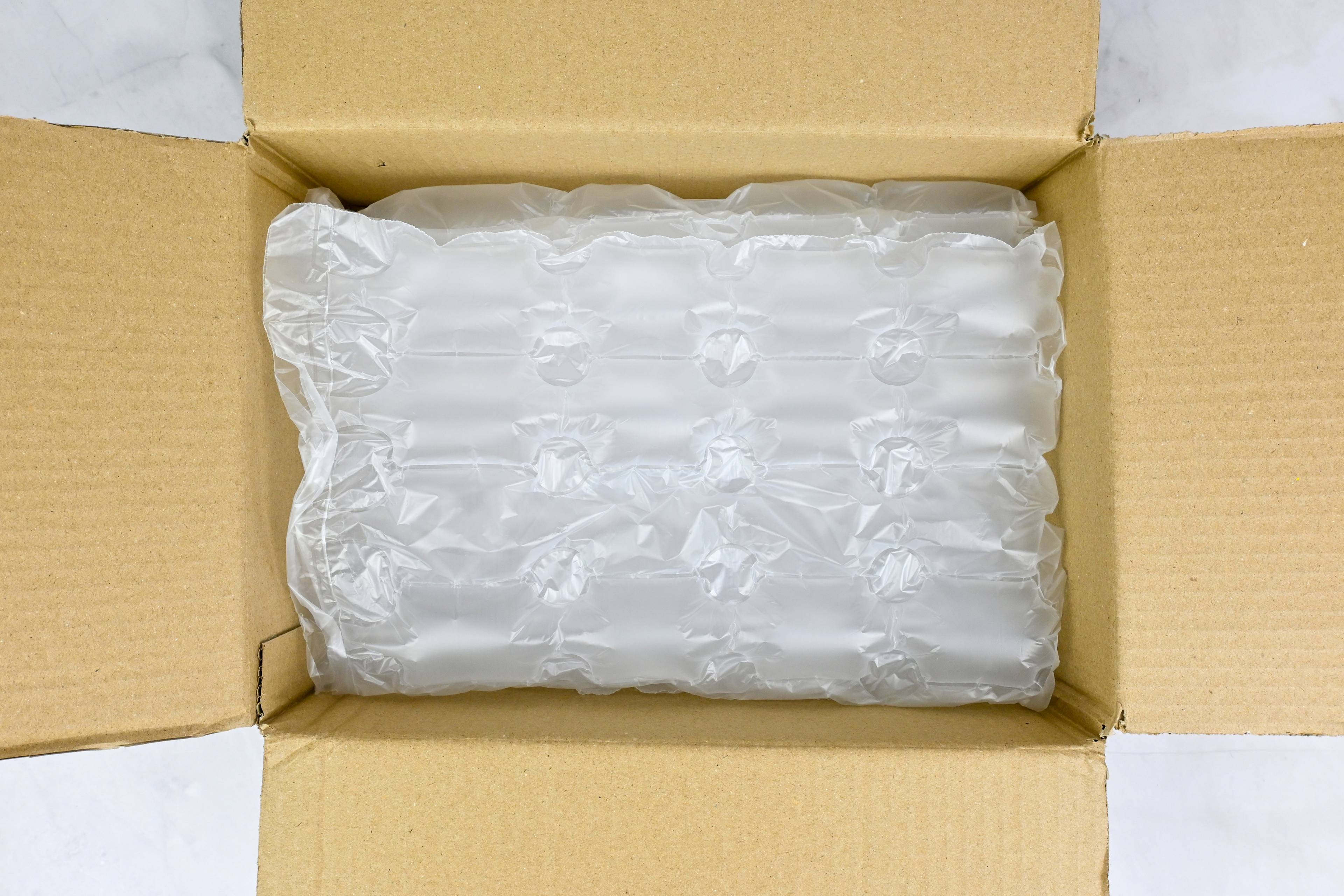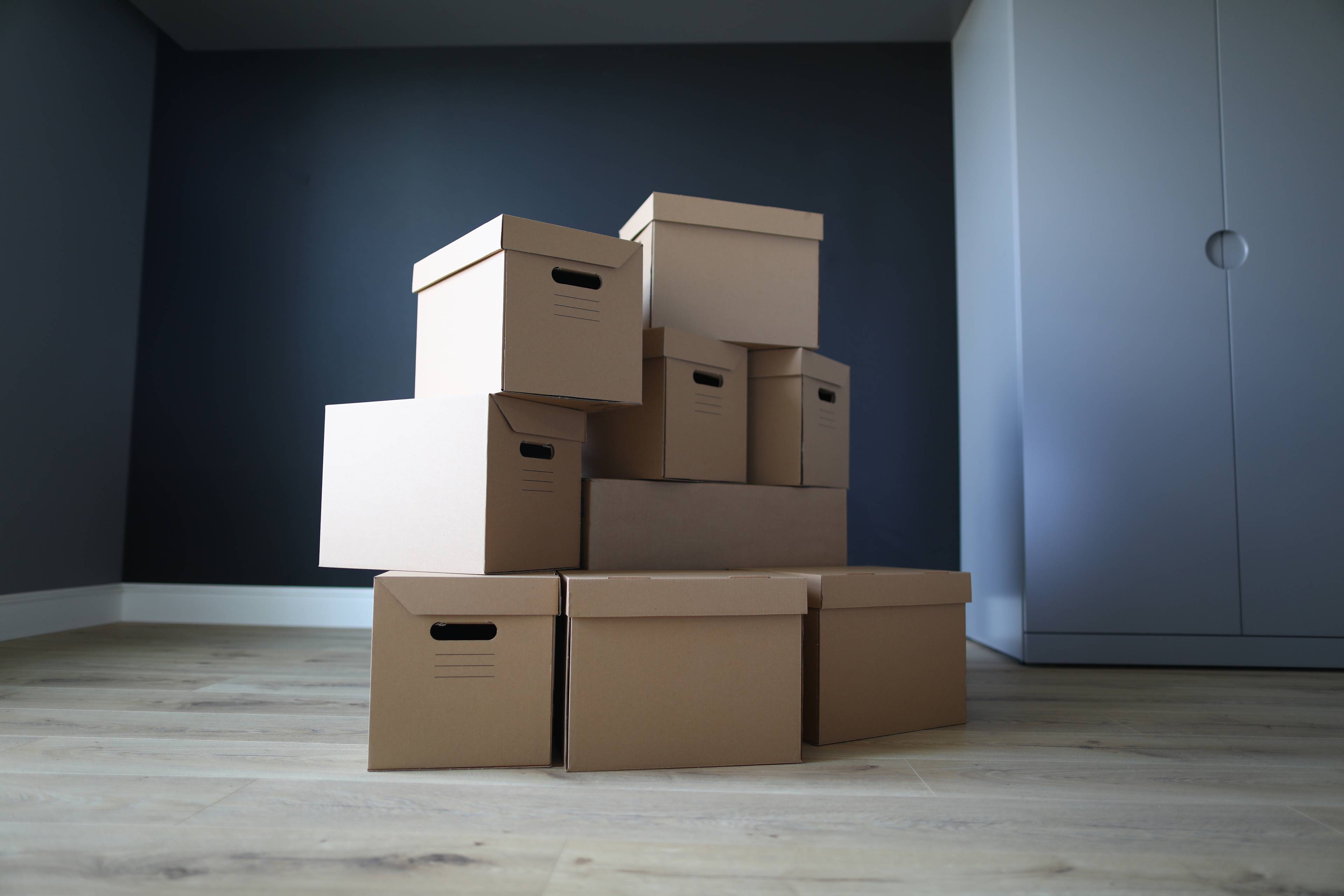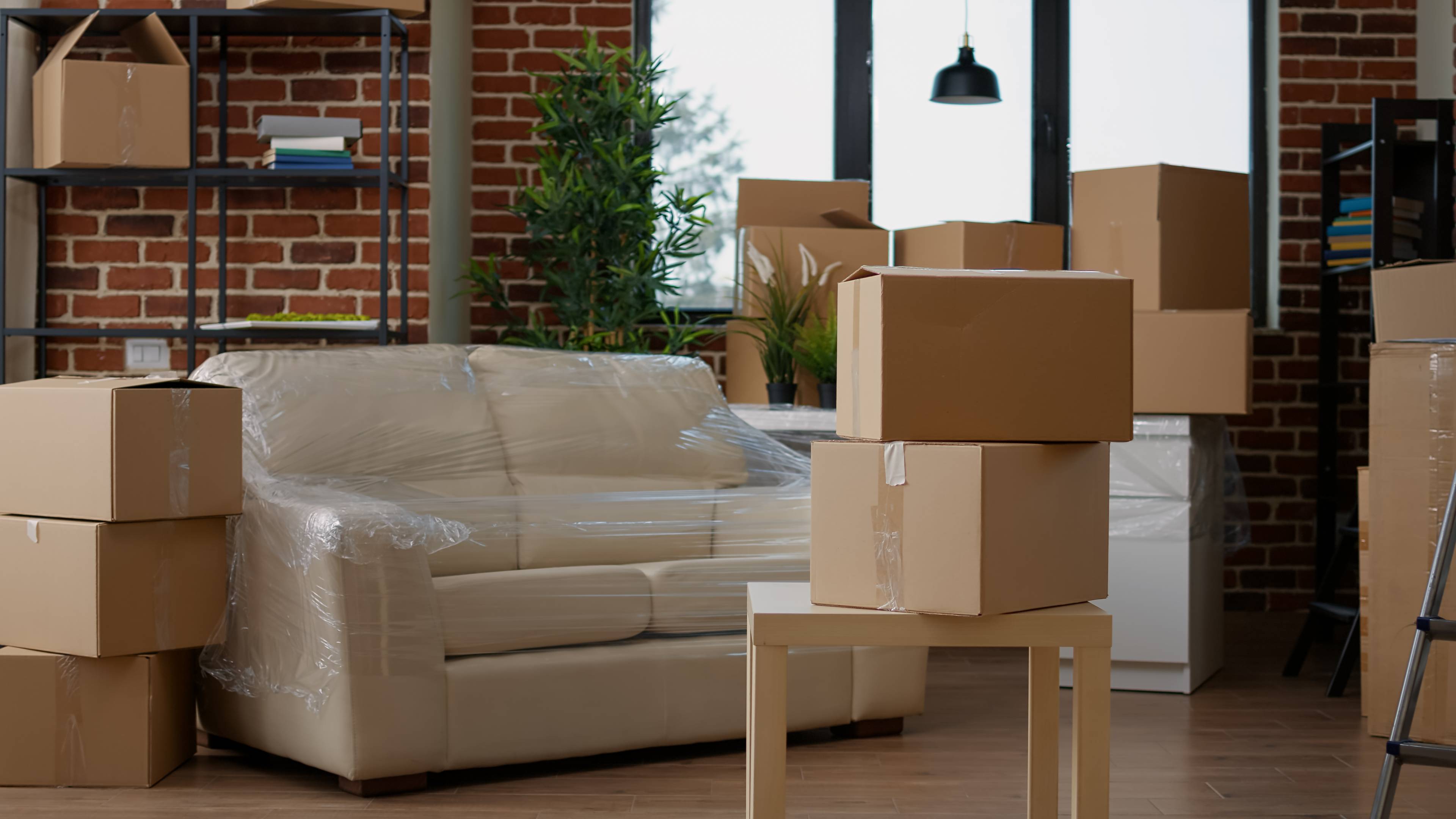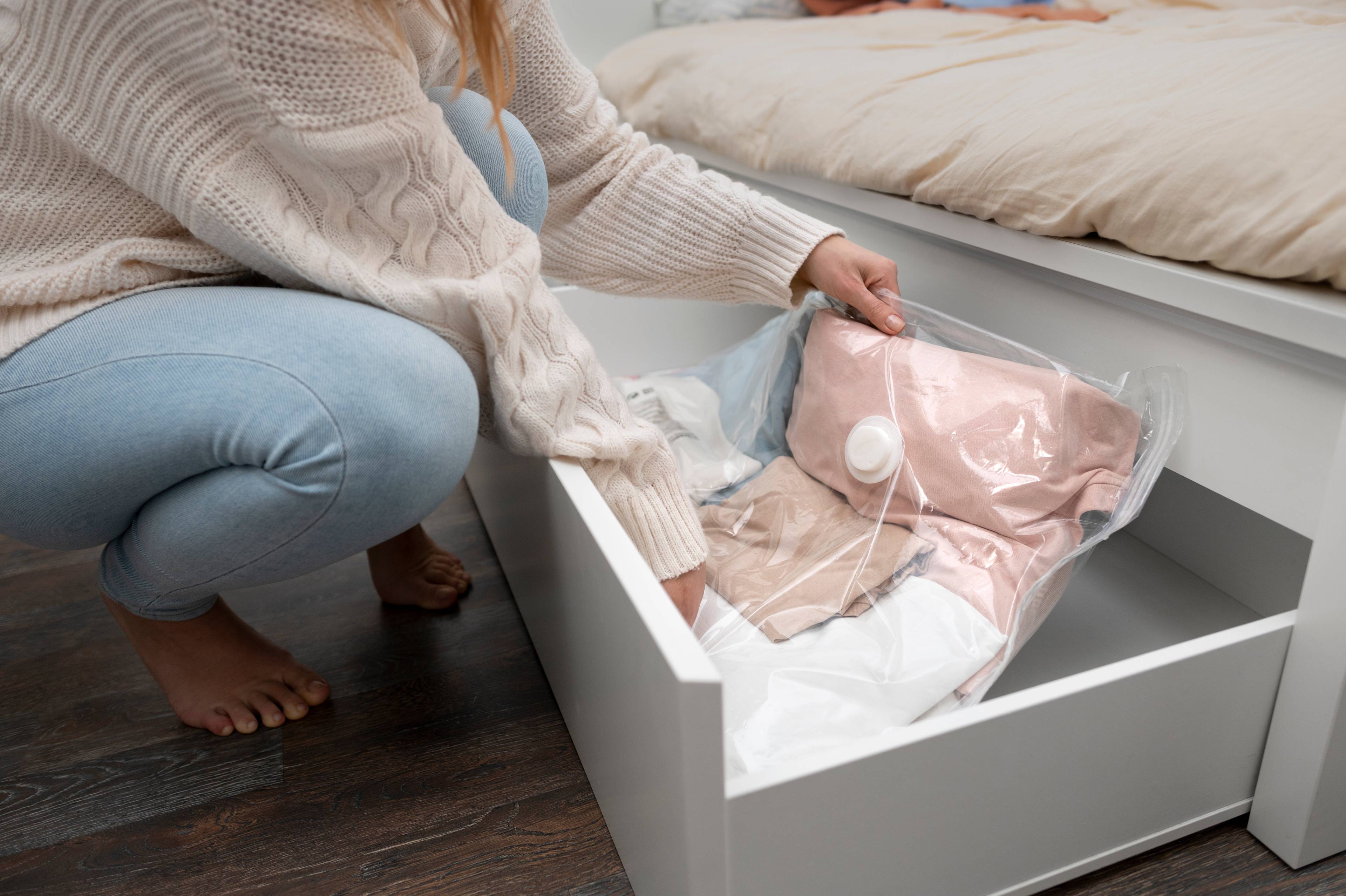How to choose the right storage unit
Before we even get to packing techniques, selecting the right self storage units is crucial. Unfortunately, it's not as simple as dumping belongings in empty space! Fortunately, picking the right storage facility can help you do more than just store your stuff. Let's take a closer look.
Types of storage units
There are several types of storage units to choose from, including climate-controlled units, drive-up units, and indoor units.
Climate-controlled (or climate-secure) units are ideal for sensitive items that need to be protected from extreme temperatures and humidity.
Drive-up units provide easy access, making it convenient for loading and unloading bulky items.
Indoor units offer added security and protection from the elements.
Factors to consider when choosing storage space
Size of the unit: Assess the amount of storage space you need. It's better to overestimate slightly to ensure you have enough room to store your items comfortably. Feel free to use our storage unit size guide to get a better idea of your needs.
Climate control: If you're storing delicate items such as electronics, furniture, or important documents, a climate-controlled unit is essential to prevent damage from temperature fluctuations and humidity.
Security: Look for storage facilities with robust security measures such as surveillance cameras, gated access, and on-site personnel. Secure storage units will give you peace of mind that your belongings are safe.
Accessibility: Consider how often you need to access your stored items. Choose a facility with convenient access hours and features such as drive-up units or loading bays.
Location: The storage facility's location can impact convenience and cost. Facilities closer to urban areas might be more expensive but offer greater accessibility.
For example, HOLD is situated in Kings Cross, making it extremely convenient for Londoners (it is also competitively priced).
By considering these factors, you can choose a self storage unit that meets your needs and ensures your belongings stay in good condition.
Gather the right packing materials

Having the right packaging materials is essential for protecting your belongings. Here’s what you need:
Key packing materials
Cardboard boxes – Sturdy cardboard boxes are the backbone of any good packing strategy. Use various sizes to accommodate different items, ensuring they are in good condition to handle the weight.
Bubble wrap and packing paper – These are crucial for wrapping fragile items. Bubble wrap provides extra protection against impacts, while packing paper can be used to fill empty spaces in boxes to prevent items from shifting.
Plastic containers – For items that need extra protection from moisture, consider using plastic containers. They are more durable and provide an additional layer of security.
Blankets and furniture covers – Use these to protect large items like furniture from scratches and dust. They are especially useful for long-term storage.
Packing tape and markers – High-quality packing tape ensures your boxes stay sealed, and markers are essential for labelling each box clearly.
Tips for selecting the right boxes and protective materials
Right boxes – Choose boxes that are specifically designed for moving and storage. They are typically more robust than regular boxes and come in standard sizes, making stacking easier.
Extra protection – For delicate items, use double-walled boxes or reinforce regular boxes with extra tape. Wrap each item individually with bubble wrap, and use packing paper to fill any gaps.
Proper organisation – Label each box with its contents and the room it belongs to. This will make it easier to find items and unpack when needed. Consider creating a detailed inventory to keep track of everything you store.
More space – Use smaller boxes for heavier items like books and larger boxes for lighter items like clothes. This ensures the boxes are manageable and less likely to break under weight.
Gathering the right materials and using them effectively will help you protect your belongings and make the packing process smoother.
Planning and organisation

Proper planning and organisation are key to making the most of your storage unit. Here’s how to ensure everything is stored efficiently and can be accessed easily.
Create a detailed inventory
Before you begin packing, create an inventory of all the items you plan to store. This list will help you keep track of your belongings and make it easier to find specific items later. Consider using a spreadsheet or a storage app to keep your inventory organised and accessible.
Label boxes clearly
Clear labelling is crucial for maintaining proper organisation in your storage unit. Use a marker to label each box with its contents and the room it belongs to. For added convenience, colour-code the boxes by category or room. This will save you time when you need to locate specific items.
Categorise items for easy access
To make your storage unit more functional, categorise your items by how frequently you need to access them. Place the most frequently used items near the front of the unit for easy access.
Less frequently used items can be stored towards the back. This method prevents you from having to move multiple boxes just to reach one item.
Properly pack your belongings
When packing, make sure to pack your belongings securely to prevent damage. Use bubble wrap, packing paper, and blankets to protect fragile items.
Ensure that boxes are not overpacked, as this can cause them to break or become too heavy to move safely. Properly packed boxes are easier to stack and will help you make the most of your storage space.
Let's look at some more specific examples of how to pack for success.
Tips for packing specific items
When packing your storage unit, it's essential to consider the specific needs of various items to ensure they remain in good condition throughout their stay. Here are some tips for packing different types of belongings:
Fragile items
Fragile items require extra protection to prevent damage during handling and storage. Here's how to pack them securely:
Wrap individually: Use bubble wrap to wrap each fragile item individually. This provides a cushioning layer that absorbs shocks and prevents breakage.
Use packing paper: Fill any empty spaces in the box with packing paper to avoid shifting and to trap moisture.
Label clearly: Mark the boxes containing fragile items with "Fragile" and indicate which side should be kept up.
Furniture

Furniture can be bulky and prone to scratches and dents. To keep your furniture in good condition:
Disassemble when possible: Take apart large pieces of furniture to save space and make them easier to move. Keep screws and small parts in labelled bags.
Cover surfaces: Use blankets, bubble wrap, or furniture covers to protect surfaces from scratches and dust.
Avoid stacking heavy items on top: When stacking items, ensure heavier items are at the bottom to prevent crushing.
For a more detailed insight, check out our article on how to store furniture in a storage unit.
Electronics
Electronics are sensitive to dust, moisture, and temperature fluctuations. Here's how to pack electronics with care to avoid damage:
Original packaging: If possible, pack electronics in their original boxes, as these are designed to provide the best protection.
Wrap cords separately: Label and wrap cords separately to prevent tangling and confusion when you set up the electronics again.
Ensure climate security: Store electronics in a climate-secure unit to protect them from extreme temperatures and humidity.
Important documents

HOLD specialises in archive & document storage, so we know how susceptible files are to moisture and pests. After you've picked an appropriate climate-secure unit, here's how to pack for added protection:
Use plastic containers: Store documents in airtight plastic containers to protect them from moisture.
Use acid-free materials: Place documents in acid-free folders to prevent yellowing and deterioration.
Label clearly: Clearly label the containers for easy retrieval.
Clothing

Clothing needs to be stored properly to prevent mildew, pests, and wrinkles. Here's how:
Clean and dry: Ensure all clothing is clean and completely dry before packing to prevent mould and mildew.
Use plastic containers: Store clothing in plastic containers with secure lids to protect from dust and pests.
Cedar balls: Add cedar balls or lavender sachets to repel moths and keep clothes smelling fresh.
Maximise your space

Making the most of your storage space is essential to fit all your belongings without creating a cluttered mess. Here’s how to do it:
Use vertical space
Stack boxes and items vertically to take advantage of the height of your storage unit. Place heavier boxes at the bottom and lighter ones on top. This not only saves space but also helps in maintaining stability.
Create an aisle
Leave a small aisle in the middle of your storage unit to easily access items at the back. This prevents the need to move multiple boxes every time you need to retrieve something.
Use shelving
Install temporary shelving units to keep smaller boxes and items off the floor. Shelves help in organising items and make the best use of vertical space.
Store items inside larger items
Maximise space by storing smaller items inside larger ones. For example, you can place boxes or small items inside drawers or cabinets.
By following the above tips, you can ensure that your storage unit is packed efficiently and your belongings remain safe and in good condition.
HOLD will ensure your unit is custom-fit to your needs

HOLD is a next-gen storage facility based in Kings Cross, London. Yes, we have advanced security, business amenities, and round-the-clock access, but we also go one step further. All our services are tailored to the dynamic needs of Londoners.
No matter what query you have or challenge you face, we always put you first. This extends to packing and organisation. Our storage experts are always on hand to ensure your storage unit is used as efficiently as possible.
Reach to us for a free quote.
Frequently Asked Questions
What do you put on the floor of a storage unit?
To keep your belongings safe and in good condition, it's important to protect the floor of your storage unit. Start by laying down wooden pallets or plastic sheeting to create a barrier between your items and the floor. This helps with air circulation and prevents moisture from seeping into your stored items.
For extra protection, consider using dust jackets and blankets to cover large or delicate items that are placed on the floor. This ensures that your belongings remain clean and free from damage while in storage.
How do you stack items in a storage unit?
Properly stacking items in a storage unit is key to maximising space and keeping your belongings safe. Begin by placing heavy boxes and larger items on the bottom to create a stable base. Use sturdy cardboard boxes of uniform size for easier stacking.
Place lighter items on top, ensuring that fragile items are well protected with bubble wrap and packing paper. Make use of vertical space by stacking boxes as high as safely possible, but avoid overloading to prevent collapse. Creating an aisle down the centre of the unit can also make items more easily accessible.
What is the best way to put clothes in a storage unit?
To store clothes in a storage unit, first ensure they are clean and completely dry to prevent mould and mildew. Use plastic containers with secure lids to protect your clothes from dust and pests. For delicate items, consider using wardrobe boxes to keep them hanging and wrinkle-free.
Add cedar balls or lavender sachets to repel moths and keep clothes smelling fresh.
Finally, label the containers clearly so you can easily find your items later. Proper organisation and storage will keep your clothes in good condition for the long term.
What security measures does HOLD have in place for our storage units?
At HOLD, advanced security measures are essential for protecting our customer's business assets. The features we offer include:
24-hour CCTV
All units fitted with intruder alarms
Secure loading bay
Robust security for individual units
Personal pin codes
Fire detection systems
These features not only provide peace of mind, but also protect your business assets from potential threats.
How flexible can HOLD storage be if my business needs grow?
When choosing a storage unit, plan for inventory growth. If you foresee prolonged use of storage space for your business needs, At HOLD, we accommodate immediate needs and support additional stock as your business expands.
What can I store at HOLD?
You can store a wide range of items in self-storage, including furniture, household goods, seasonal items, business inventory, vehicles, and more. However, there may be restrictions on storing hazardous materials or perishable items, so it's best to check with the HOLD store team.

